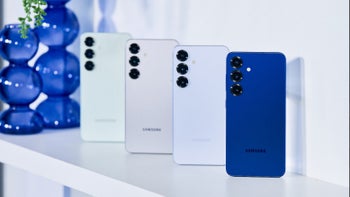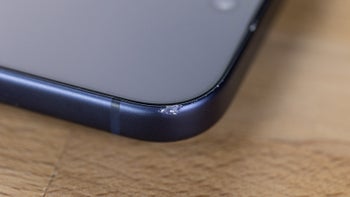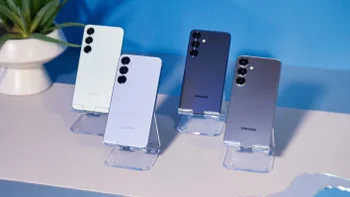Huawei's Kirin 990 chipset may have something that no Snapdragon SoC can offer

A YouTube video posted today by Huawei titled Huawei Kirin 990 Warm-up reveals that the chip will be introduced at the upcoming IFA show in Berlin on September 6th. Designed by the company's HiSilicon unit and manufactured by TSMC using the 7nm EUV process, the chip will be powering the Mate 30 line. And Yanmin Wang, a regional president with Huawei’s Consumer Business Group, told TechRadar that the chip will also be found in the foldable Huawei Mate X. Originally, the Kirin 980, used in the Mate 20 Pro and the P30 series, was supposed to be under the hood of the company's first foldable phone.
The video for the Kirin 990 specifically references 5G, the next generation in wireless connectivity. While Huawei does design its own 5G modem chips, there has been talk since late last year that Huawei will integrate a 5G modem chip with the Kirin 990. Even though ARM Holdings cut ties with Huawei following its placement on the U.S. Commerce Department's Entity List (while a U.K. company, ARM does use some U.S. technology in its chip architecture), licenses obtained before the ban was announced on May 16th are still valid. Thus, the Kirin 990 should include the Cortex-A77 CPU core and ARM's Mali-G77 GPU. And a Neural Processing Unit (NPU) for AI tasks will probably be included in the Kirin 990 chipset as well.
What isn't known at the moment is whether the integrated 5G modem on the Kirin 990 SoC will support both ultra-high-band mmWave 5G networks and sub-6GHz 5G networks. Most 5G networks in the country use the latter. Low-band spectrum travels farther and penetrates buildings better than higher-frequency airwaves. However, spectrum in the mmWave frequencies have a larger capacity and offer faster speeds.
Follow us on Google News












Things that are NOT allowed:
To help keep our community safe and free from spam, we apply temporary limits to newly created accounts: